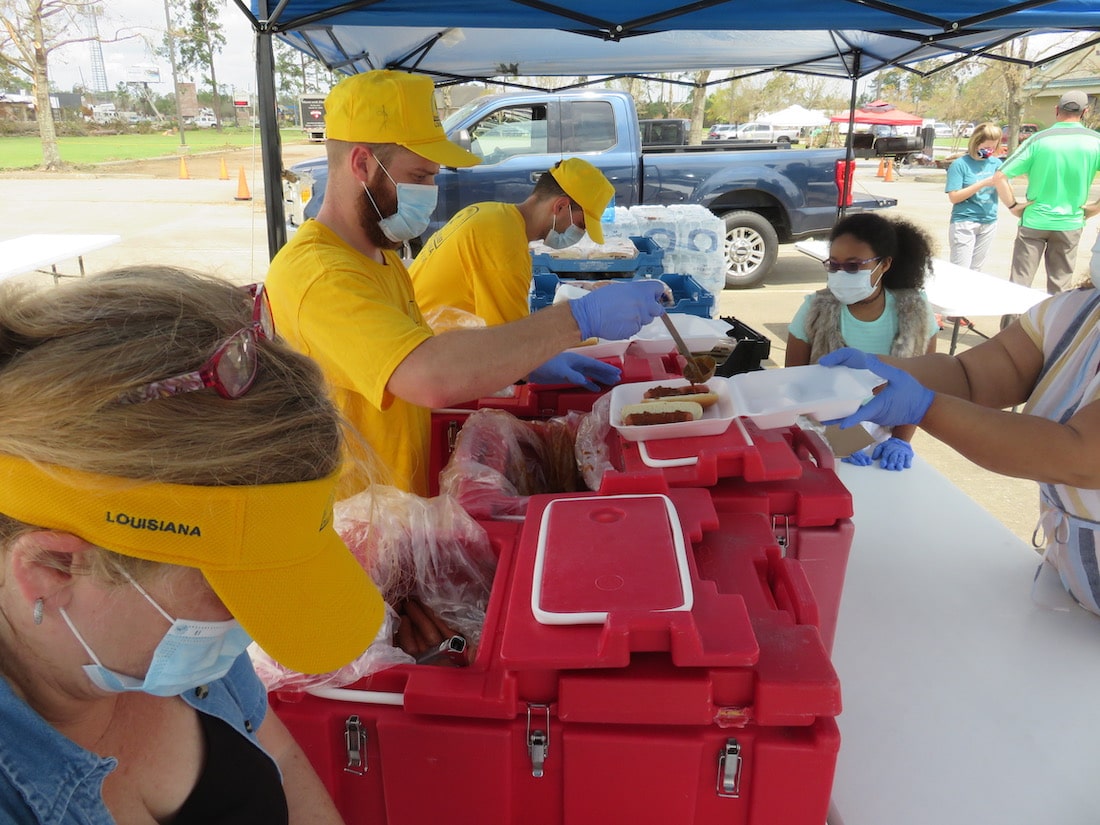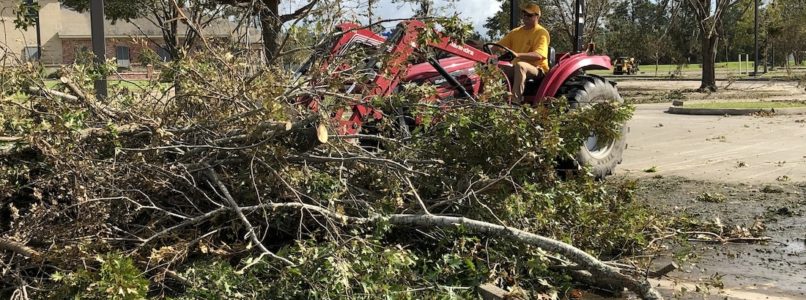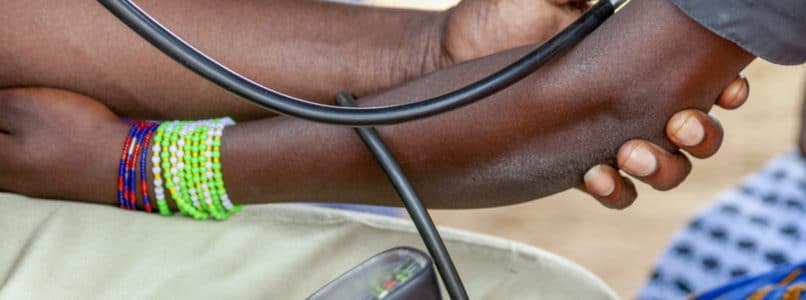ALPHARETTA, Ga. — The first hurricane of the 2021 season has been named, and it’s already a record-breaker. Tropical Storm Elsa became a hurricane early Friday morning (July 2) in the Atlantic Ocean near Barbados, the easternmost Caribbean Island.
The storm, which had been fast-moving, was projected to arrive near the shores of the Dominican Republic and Haiti by Saturday afternoon (July 3). The National Hurricane Center was projecting Elsa would weaken to a tropical storm by Sunday morning (July 4) before hitting Cuba and making U.S. landfall in Florida by Tuesday (July 6), though hurricanes are notoriously unpredictable.
“We are tracking and monitoring Hurricane Elsa. Currently, it is moving at a speed of about 28 mph with winds of 74 mph and gusts up to 86 mph,” said Coy Webb, Send Relief’s crisis response director who oversees national and international disaster responses.
Webb joined Send Relief in 2020 after leading Southern Baptist Disaster Relief (SBDR) in Kentucky for 13 years.
“The greatest current potential impact appears to be Haiti and Cuba with heavy rains and potential flooding,” Webb said. “The hurricane season started early this year, and it is looking like it will be an active year. We stand ready with our SBDR partners to respond when needed.”
Elsa set a record Thursday (July 1) by becoming the earliest E-named storm in the Atlantic, making it the fifth named storm of the year and signaling what could be another active season for 2021. Tropical Storm Edouard set the record in 2020 when it formed July 6, and 2020’s hurricane season broke a record by producing 30 named storms. Eleven of those made landfall.
The National Oceanic and Atmospheric Administration (NOAA) projects the 2021 season to be more active than a normal year, but does not expect to reach the historic levels of 2020; predictions range from 13-20 for named storms. A tropical system earns its name if windspeeds reach 39 mph or higher.
Michael Mann, professor of atmospheric science and director of Penn State University’s Earth System Science Center, told NBC Miami in early June that conditions do not seem ripe for the 2021 season to be nearly as active as last year.
“La Niña has subsided. We’re probably going to be in neutral El Niño conditions which isn’t especially favorable for tropical Atlantic hurricanes,” Mann told the South Florida news outlet. “Those sea surface temperatures aren’t quite as warm this year as they were a year ago.”
Southern Baptist Disaster Relief (SBDR) volunteers from across the United States served more than 108,000 total days in 2020, overcoming the challenges wrought by COVID-19. They prepared more than 755,000 meals and conducted more than 8,000 recovery jobs.
Responses to hurricanes, such as SBDR’s service following Laura, Sally and Delta, made up the bulk of the prepared meals and recovery jobs.

Southern Baptist Disaster Relief volunteers provide meals to storm survivors from the campus of Trinity Baptist Church in Lake Charles, La., following Hurricane Laura, which struck south central Louisiana in August 2020. (Photo by Brandon Elrod.)
“Southern Baptist volunteers are always ready and willing to put their faith into practice and put their lives in the offering plate so the Lord will use them to reach people in need,” said Sam Porter, national director for SBDR for Send Relief. “We pray that Elsa won’t create much havoc, but I know SBDR crews will be ready to answer the call when the time comes.”
Hurricane Laura, which devastated south-central Louisiana when it made landfall in August 2020, saw SBDR teams from 27 different state conventions bring physical help and spiritual healing in the aftermath of a storm from which cities like Lake Charles, La., are still recovering. SBDR’s extensive efforts to meet physical needs opened the door for thousands of Gospel conversations. Volunteers witnessed 875 professions of faith in 2020 across all disaster relief efforts.












